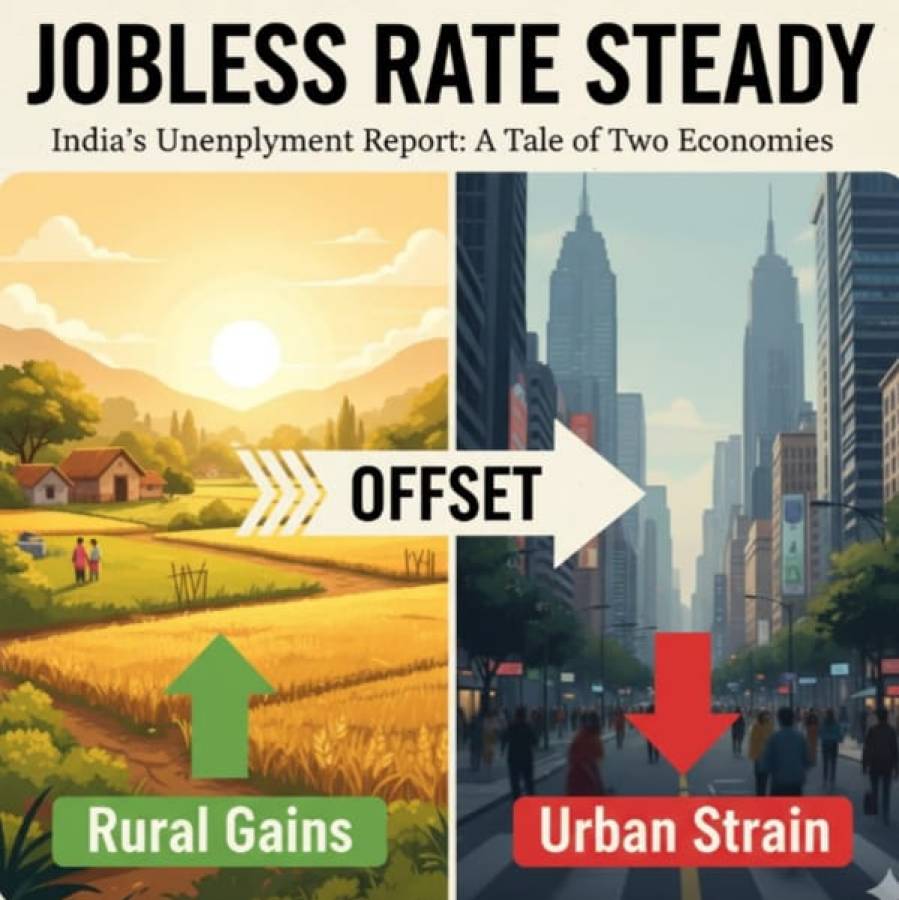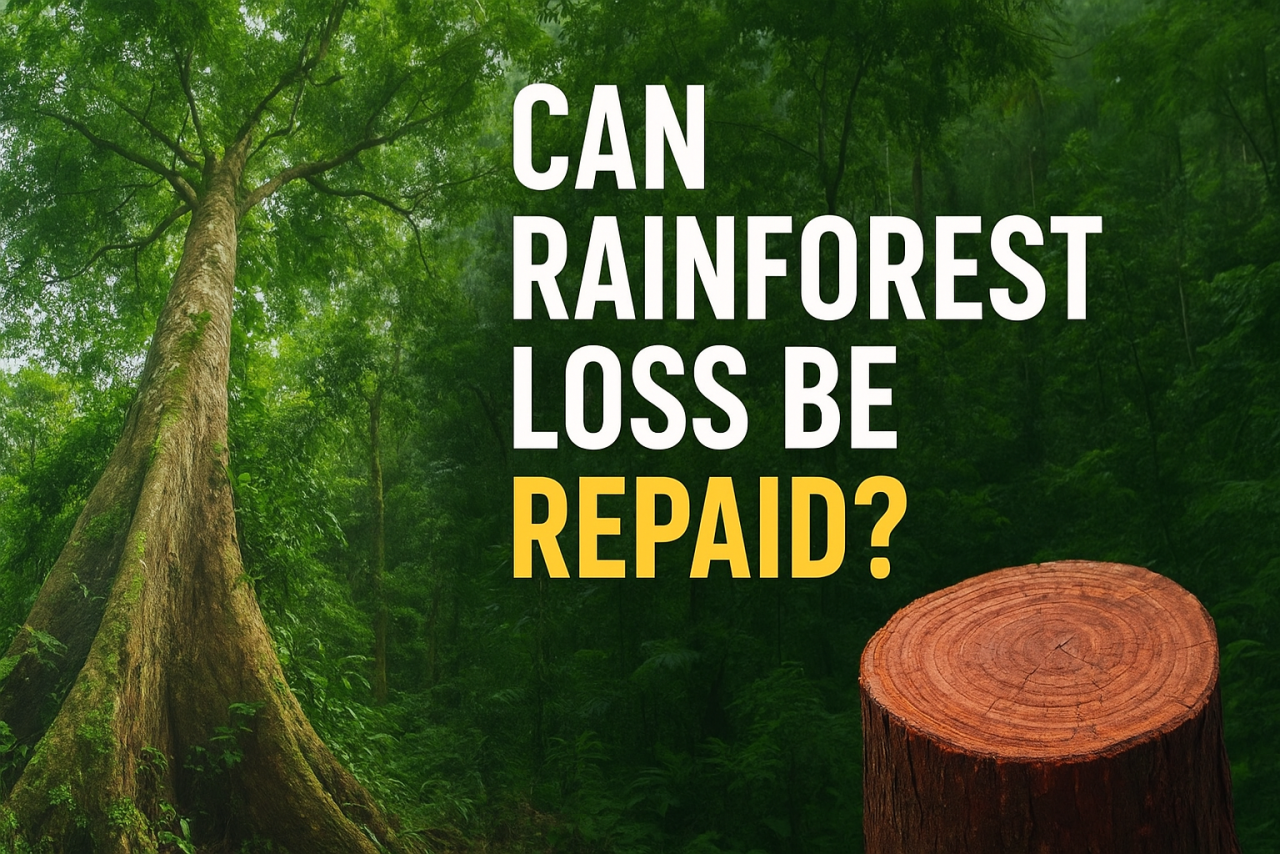
Facing growing pressure over the rising cost of living, the Australian government has announced a waiver of AUD 3 billion (approximately USD 2 billion) in student debt. The move is expected to benefit more than three million Australians, particularly those with loans under the Higher Education Loan Program (HELP). It stands as one of the most significant education-related reforms in recent years.
The bill was passed by Parliament under the leadership of Prime Minister Anthony Albanese, whose centre-left Labor Party has been in office since May 2022. With inflation hitting hard, young Australians are feeling the strain more than most. The reform serves not only as an economic intervention but also as a political strategy aimed at building support among Millennials and Generation Z — the groups most affected by student debt and housing pressures.
Understanding the Debt Waiver
At the core of the reform is a change to how student loans are adjusted for inflation. Until now, student debts were indexed annually to the Consumer Price Index (CPI), which rose to 7.1% last year. Because of this direct link, many graduates saw their loan balances surge — even if they hadn’t made any repayments. Instead of decreasing over time, their debt kept growing, a pattern widely criticised as unfair and especially punishing for low-income earners.
The new legislation addresses this by capping the indexation rate at whichever is lower — the CPI or the Wage Price Index (WPI). If this rule had been in place last year, the rate would have been 3.2% instead of 7.1%, significantly slowing the pace at which student debts accumulate. Importantly, the law applies retrospectively from June 2023, meaning students and graduates will be shielded from last year’s inflation-driven surge.
Political and Economic Implications
The decision comes at a time when many young Australians are speaking out about financial strain, with growing numbers putting off buying a home or starting a family due to rising debt and living costs. After securing a second term in May 2025, the Albanese government is positioning this reform as part of its broader commitment to easing economic pressure on younger generations.
Prime Minister Anthony Albanese called the waiver "a fair and necessary step," adding that “backing students is backing the future of the country.” Education Minister Jason Clare echoed the message, saying the measure would “take the weight off the shoulders” of Australians and reaffirmed the government’s focus on fairness in higher education.
Government figures show that an average HELP debt of AUD 26,000 would have climbed by about AUD 1,500 due to last year’s inflation indexation. Under the new rules, that increase will be reversed — saving borrowers money and slowing future debt growth.
A Broader Strategy
This student debt relief is not a standalone measure but part of a broader strategy to tackle the cost-of-living crisis. The Labour government has been under pressure to address stagnating wages, soaring rents, and youth disillusionment with traditional economic structures. By targeting education debt, a major concern among young voters, the Albanese administration aims to regain trust and possibly secure another term in office.
Critics, however, argue that while this waiver is a step in the right direction, it does not address the root cause like the high cost of university education itself. Without reforms in university funding and tuition fee structures, students may continue to graduate with significant debt.
Nonetheless, this move marks a progressive shift in public policy — one that aligns education with fairness, and economics with empathy. For millions of Australians, it’s more than just a policy shift. It’s a signal that the government sees their struggle, and is willing to act.





















